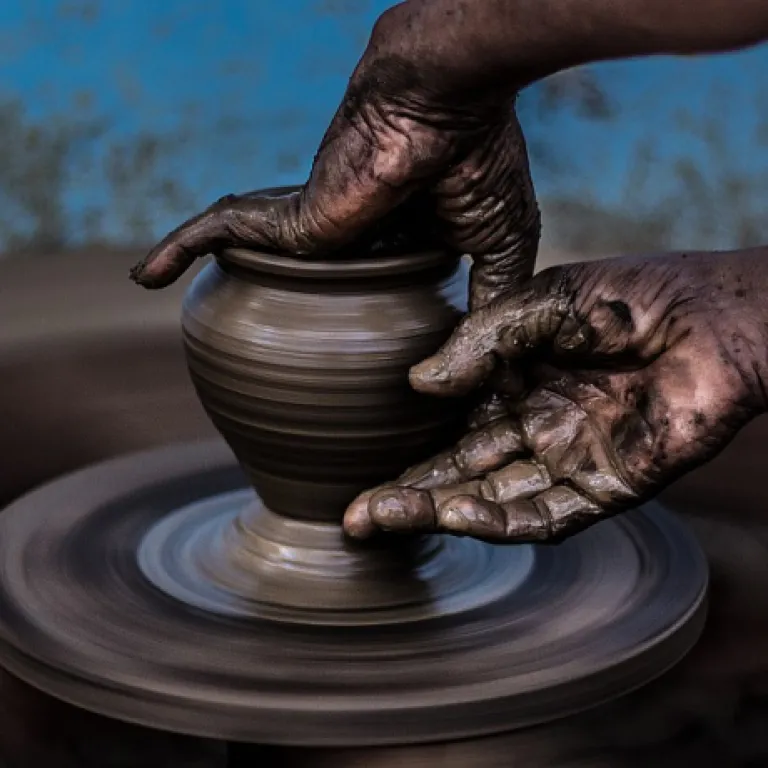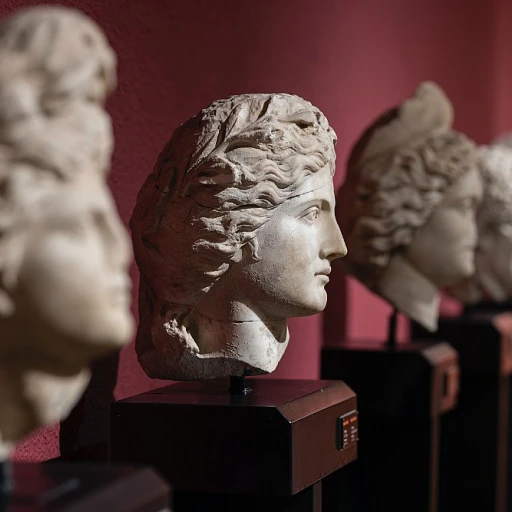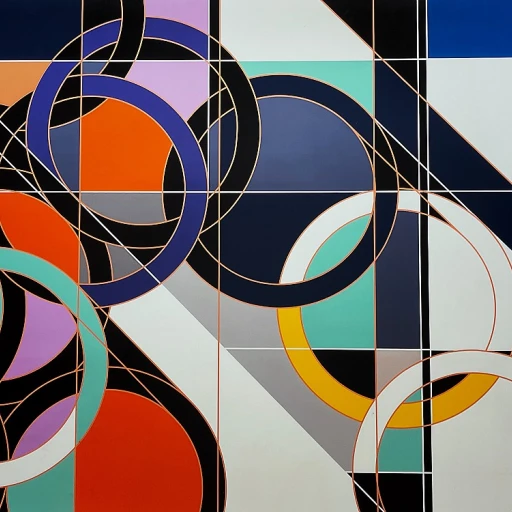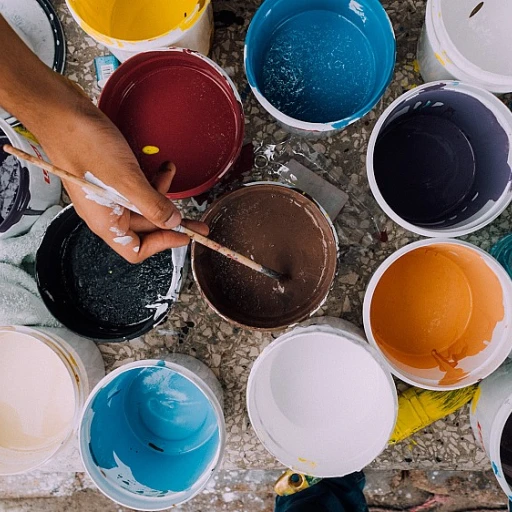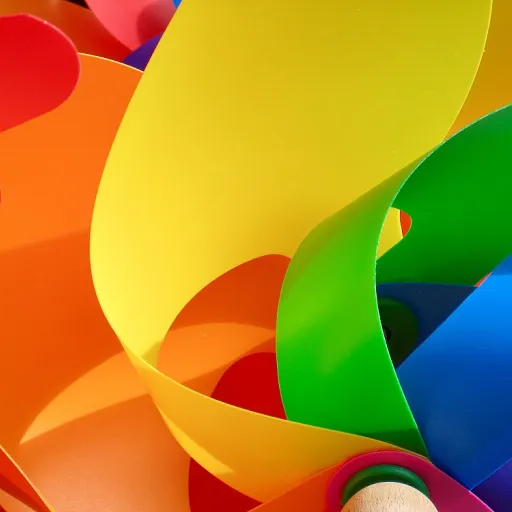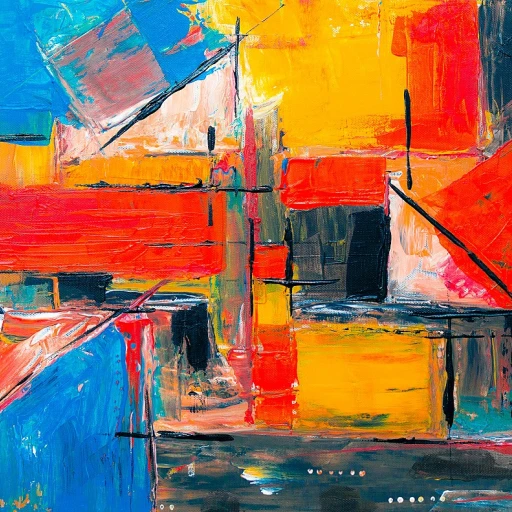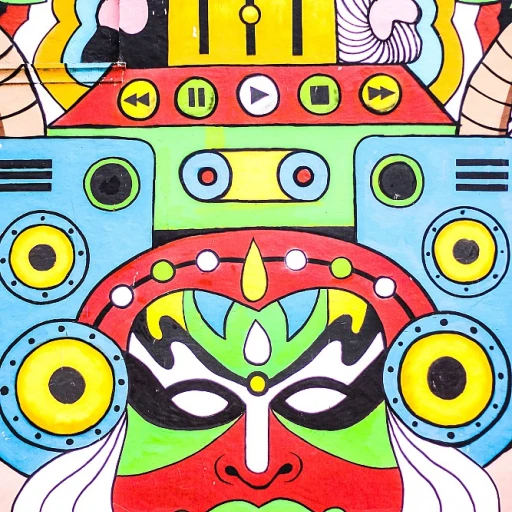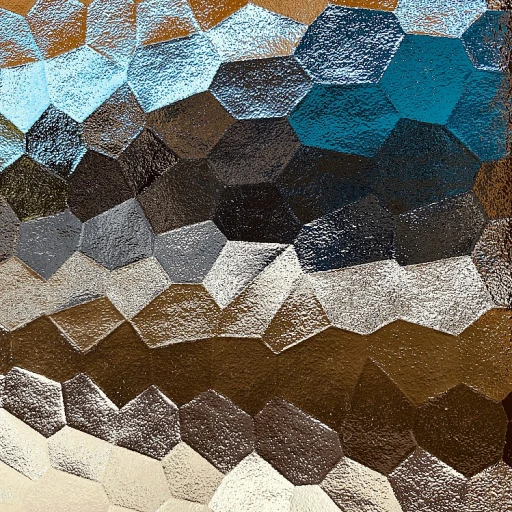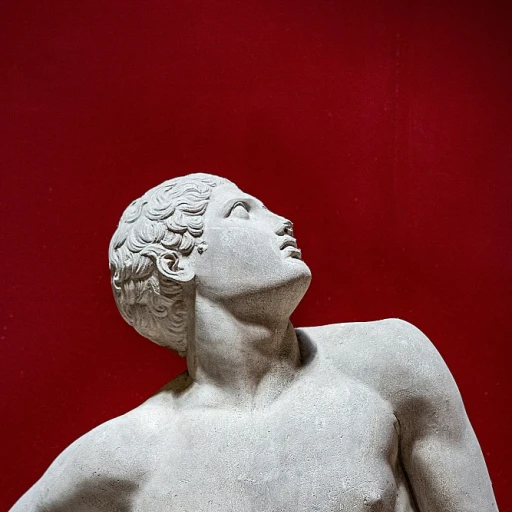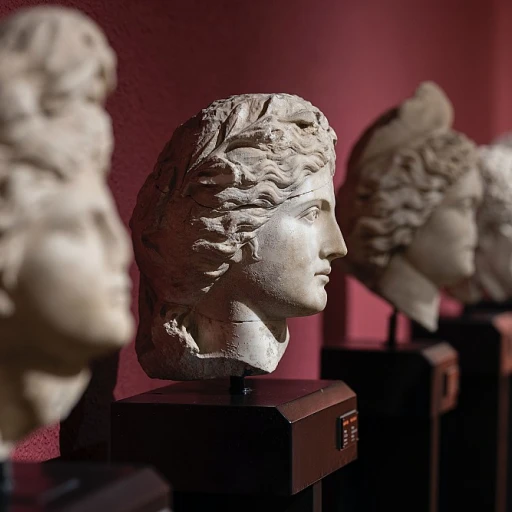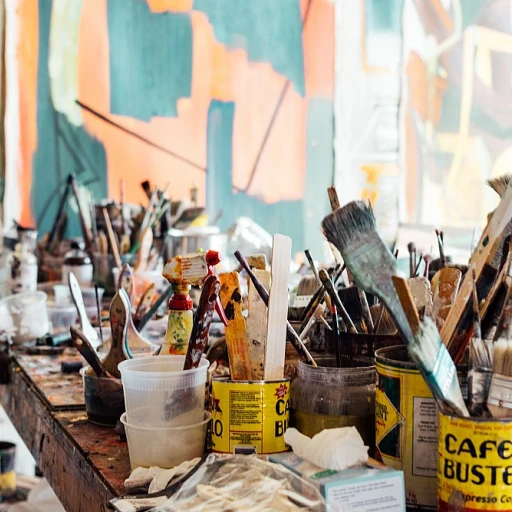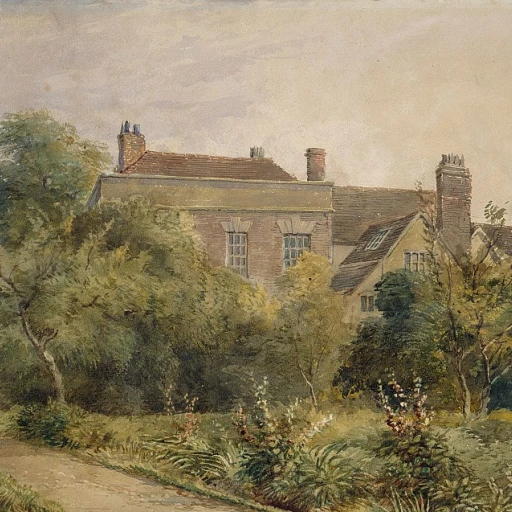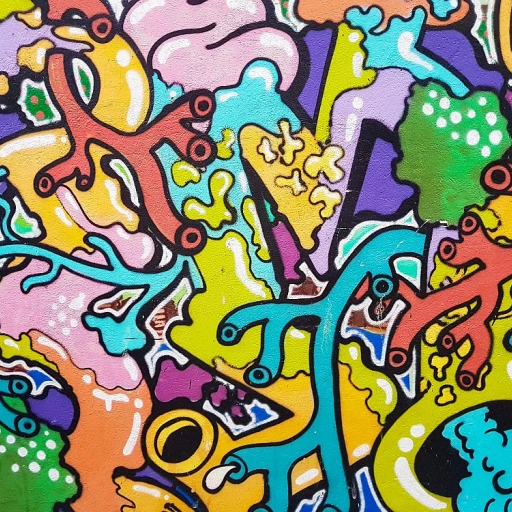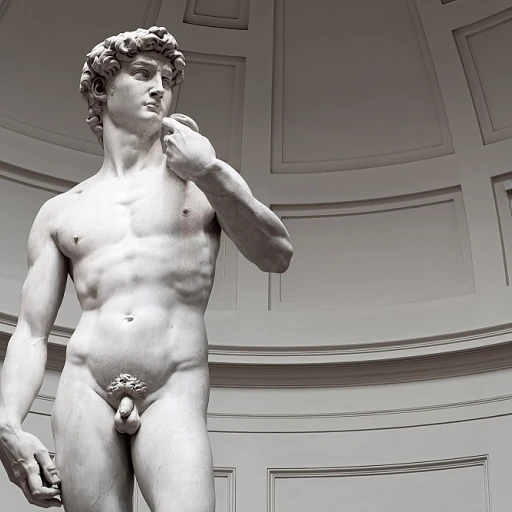-teaser.webp)
The Allure of Death Guard Art
The Enigmatic Appeal of Death Guard Art
The world of luxury artwork is vast and varied, yet few niches captivate the imagination quite like Death Guard art. This unique genre, steeped in the rich lore of the Warhammer universe, offers a fascinating blend of chaos and beauty that appeals to collectors and enthusiasts alike. But what is it about Death Guard art that draws such intrigue?
At its core, Death Guard art is a celebration of the chaos and decay embodied by the Plague God, Nurgle. The imagery often features the haunting presence of plague marines and the formidable figure of Mortarion, the Daemon Primarch. These elements create a visual narrative that is both unsettling and mesmerizing, capturing the eternal struggle between life and death.
For those unfamiliar with the lore, the Death Guard is a traitor legion of Chaos Space Marines, known for their resilience and allegiance to Nurgle. This allegiance is vividly depicted in the artwork, where the themes of plague and decay are intertwined with the grandeur of war and the divine chaos of the gods. The result is a collection of pieces that are as thought-provoking as they are visually stunning.
In exploring the allure of Death Guard art, one cannot overlook the historical context and evolution of this genre, which we will delve into further. The intricate techniques and materials used by artists to bring these visions to life also play a crucial role in their appeal. For those interested in the broader spectrum of luxury art, the allure of painted roses offers a contrasting yet equally captivating exploration.
Historical Context and Evolution
The Role of Conflict and Transformation
The historical trajectory of Death Guard art intertwines closely with the broader tapestry of war and chaos that has shaped the Legiones Astartes. Emerging from the chaotic heart of the Horus Heresy, the Death Guard embodies the perpetual dance between allegiance and betrayal. This tumultuous period marked a turning point, influencing the aesthetic and thematic layers of the artwork associated with this Traitor Legion.
Infused with the essence of Nurgle, the Chaos God of decay, Death Guard art encapsulates the transformation of the proud space marines into plague marines, highlighting their allegiance to the Plague God. This transition is not only a thematic core but also an iconographic signature visible in the grotesque and detailed representations of decay, rot, and the cycle of life and death.
Mortarion, once a revered Primarch, now serves as a central figure in the iconography of this art form, encapsulating the tension between former loyalty and newfound chaos. The narratives embedded in Death Guard artworks are rich with symbolism, reflecting the Legion's gradual evolution from disciplined marines to heralds of plague and daemon princes under the aegis of the Grandfather Nurgle.
Exploration of the transformation from devoted warriors to devoted servants of a chaotic deity offers a profound commentary on themes of loyalty, identity, and metamorphosis. As a result, understanding the historical context and evolution of Death Guard art provides crucial insight into its allure and the unique narrative it presents to collectors and enthusiasts.
To further explore art renditions that echo transformation and narrative depth, consider the parallels and influences from Cinderella in luxury art, which captures metamorphosis in literature.
Techniques and Materials
Delving into the Methods and Materials of Death Guard Artistry
Exploring the intricacies of Death Guard art reveals a fascinating blend of chaos and precision, much like the art itself. The work is characterized by a gothic, dystopian aesthetic that captures the imagination. Dominated by themes of decay and rebirth, these artworks draw heavily on the imagery and mythology surrounding the Plague God of Nurgle and his devotees, the Plague Marines. The creation process often involves unique techniques and a diverse array of materials. Artists keen on capturing the essence of the Death Guard tap into an arsenal of traditional and modern methods. As they portray a visual narrative grounded in the lore of space marines and chaos gods, texture becomes instrumental in conveying the relentless passage of decay. Oils, acrylics, and mixed media are among the preferred choices, layering textures to evoke the corroded armor and festering wounds that often adorn these chaotic figures. Advanced techniques such as dry brushing, stippling, and weathering are key in replicating the war-torn appearance synonymous with this war ensemble. Each piece reflects the tragic beauty of chaos, awakening thoughts about mortality and the never-ending cycle of life and decay. This art form isn’t just about the breathtaking final product—it's about immersing oneself in the exhaustive attention to detail as well. Artists diligently render every staggeringly intricate feature of the Death Guard, from the daemon primarch, Mortarion, to the legiones astartes under his command. The evolution of these techniques finds roots in the historical context just as the elements of chaos space and traitor legion intertwine seamlessly within the broader Warhammer universe. This journey not only requires a mastery of craft but also demands a deep understanding of the lore to honor the iconic status of these heretic astartes. Each painting or sculpture serves not just as a work of art, but a piece of a broader narrative, captured for generations to admire in collecting circles. In the evolving market, knowledge of these techniques enriches the appreciation and value perception among collectors and enthusiasts who seek to own a piece of this treacherous, yet enchanting, war experience. For a deeper dive into related artistic methodologies and creation processes, Discover how mid-century modern cabins offer a diverse stylistic approach, by visiting here.Prominent Artists and Their Contributions
The Masters Behind the Craft: A Deep Dive into Key Contributors
The world of Death Guard art is as rich and intricate as the universe it represents. Emerging from the chaotic depths of Warhammer’s lore, the depictions of this complex faction are masterpieces created by a select group of artists who have elevated the style of their craft. The artists within this niche have mastered the depiction of the Death Guard, focusing on the enigmatic figure of Mortarion, the Primarch of this traitor legion. Mortarion's transformation into a daemon primarch under the influence of the Chaos god, Nurgle, lends a fascinating depth to their work. These artisans skillfully use their forward-thinking techniques to illustrate the harrowing journey from an astartes hero to a daemon prince. Their artworks vividly capture the essence of the plague marines, often highlighting the grim reality of their eternal war and devotion to the plague god. Masterful use of shadow and light breathes life into the death-themed creations that embody both chaos and legacy. Prominent artists have contributed significantly to the evolution of this genre. Their works showcase not only the devastation brought by these chaos space marines but also the undeniable allure that draws collectors worldwide. These creators ensure that their version of the guard traitor narratives resonate with audiences, subtly critiquing the heresy and wars synonymous with the Death Guard’s existence. This continual evolution and dedication to the art form have maintained the interest in, and market for, Death Guard artwork. As it stands, this art form exemplifies how creativity combined with the rich tapestry of Warhammer lore can captivate collectors and inspire new interpretations of the classic stories.Market Trends and Collecting Tips
Understanding the Market Value and Tips for Collectors
The world of Death Guard art, steeped in rich history and intricate craftsmanship, presents a captivating opportunity for collectors who appreciate the nuances of luxury artwork. Whether it's the ethereal depiction of the daemon primarch or the evocative interpretations of the plague marines, each piece reveals a unique glimpse into the heretical world of the Death Guard. For those new to this realm, navigating the market can seem daunting. However, understanding some key trends and tips can enhance your collecting journey.- Market Value and Demand: With the chaos-induced allure of the Legion's art, the market sees continuous interest. Pieces that depict grand events from the Horus Heresy, or that feature iconic figures such as the death guard mortarion, are particularly sought after. Their dramatic portrayals of chaos and war god themes often appeal to discerning collectors.
- Impact of Prominent Artists: The evolution of techniques and materials has been shaped largely by renowned artists within this niche. Those who have contributed significantly to this genre push its boundaries, often enhancing the value of their creations. Their interpretations of the plague god or the depiction of the commander of the guard plague rarely go unnoticed.
- Authenticity and Provenance: As with any luxury market, verifying authenticity is crucial. Ensuring that artworks are accompanied by a verified lineage can guarantee their value and provide peace of mind to collectors. Pieces associated with historic battles or notable events in warhammer lore often increase the appeal to heretic astartes enthusiasts.
- Emerging Artists and Future Potential: As we look to the future, new artists are more frequently exploring the rich depth of this genre, pushing them to experiment with modern techniques and perspectives. This evolution signals potential investment opportunities within the chaos space, as their works may gain recognition over time.

